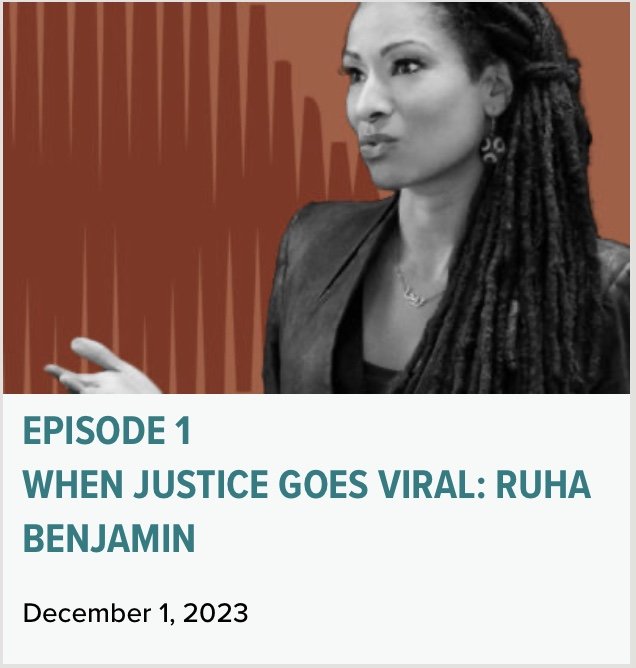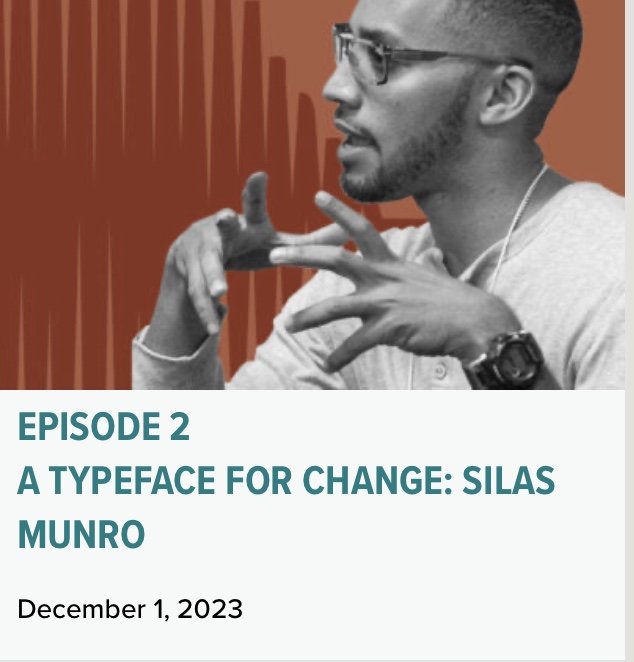SoundWork
Sound Work is a public-facing archive of podcast episodes co-produced and co-hosted by gloria, co-founder of Racial Justice Studio (University of Arizona) and documents collaborative dialogues with artists, designers, and scholars of color whose creative lives shape new grammars for living.
Dr. Ruha Benjamin, Princeton University prof.
How can we “act selfishly for our own humanity”? How might we recalibrate institutions so they reflect how our individual futures are intertwined? Explore these questions and more in a timely discussion with sociologist Ruha Benjamin. She takes on racism in education, healthcare, the arts and beyond in this riveting conversation.
Currently, Dr. Benjamin is Professor of African American Studies at Princeton University. Her book, Viral Justice, offers an inspiring vision of change.
The Imani Winds, Classical virtuosas
How are classical musicians speaking to the times in which they live? Band kids turned classical virtuosas, Monica Ellis and Toyin Spellman-Diaz have performed with Imani Winds since its founding more than 25 years ago. True to its beginnings, this predominantly people of color woodwind ensemble continues to break new ground with their socially relevant programming and physically demanding musical repertory. In this episode, they share personal and poignant stories filled with justice-minded strategies that will inspire instrumentalists to compose, collaborate, and commission works of consequence.
The twice GRAMMY nominated Imani Winds has premiered numerous works by contemporary composers of color, contributing to expanding the wind quintet repertoire. The group’s role in transforming classical music is recognized with a permanent presence in the Smithsonian National Museum of African American History and Culture in Washington, DC.
The music featured in this episode is from the album “Bruits” produced by Bright Shiny Things:
Bassoon Example: Sometimes: I. Prolog
Oboe Example: Bruits: V. masse
Frederic Rzewski Example: Sometimes: II. Sometimes
Vijay Iyer Example: Bruits: I. gulf
silas munro, L.A.-Based designer
What do iconic movements like women’s suffrage, Civil Rights, queer liberation, and the Vietnam war resistance have in common? They tapped into the power of words and images to convey messages of protest that changed the collective imagination and direction of history. For LA-based designer and educator Silas Munro, there is “no shortage of opportunities for design to be part of the conversation of social justice.” In this conversation with Munro, we learn to use the subtle yet powerful techniques of lettering and type to tell new stories that inspire justice.
Silas Munro is currently faculty co-chair in graphic design at Vermont College of Fine Arts and author of Strikethrough: Typographic Messages of Protest.






